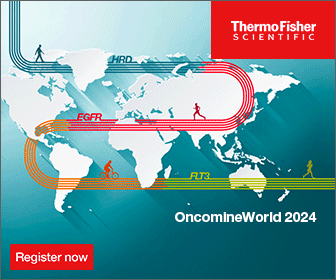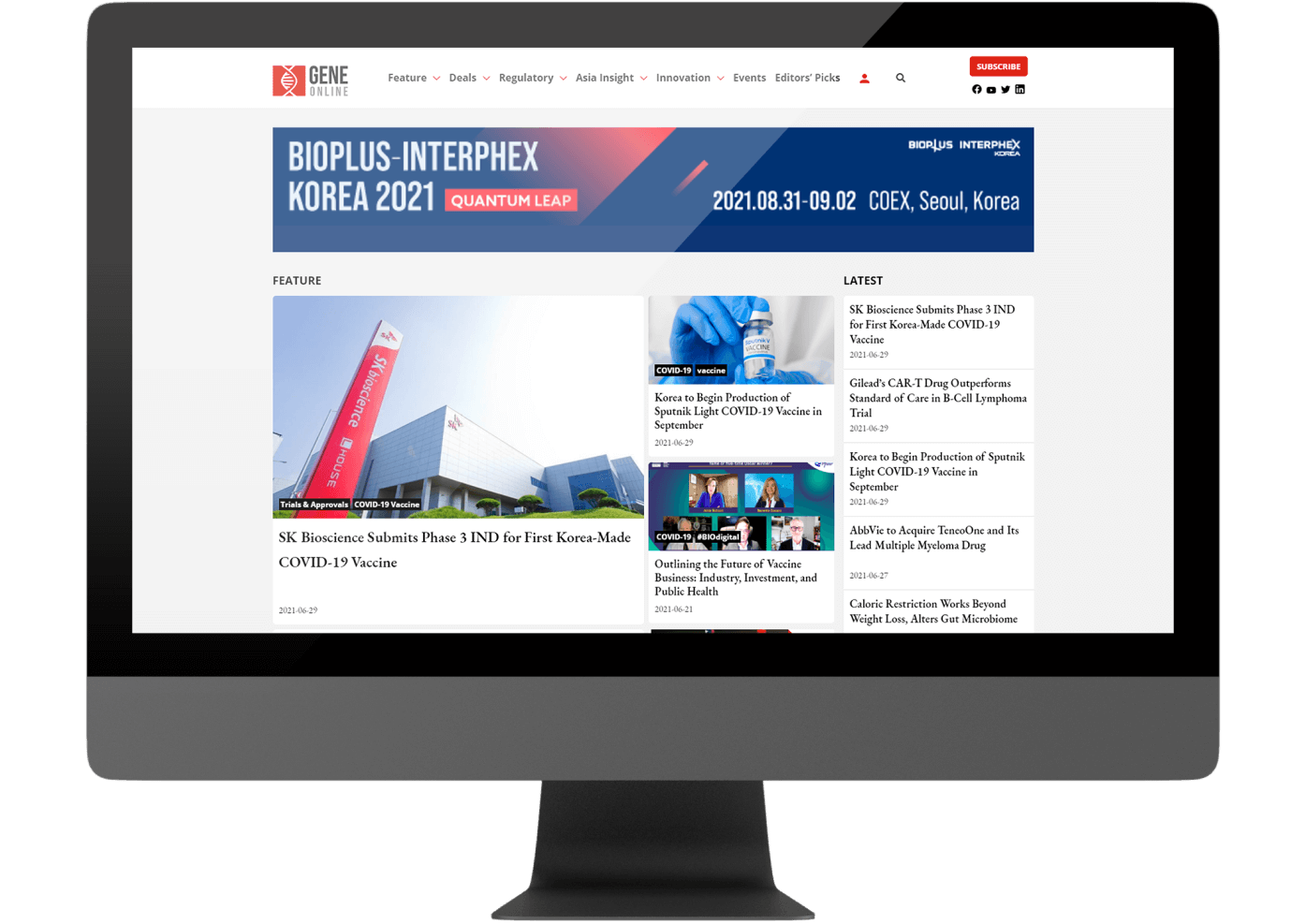Innovative Supramolecular Carriers Help CRISPR-Cas9 Enter Cells Effectively
Japanese scientists from Kumamoto University developed highly flexible carriers with aminated polyrotaxane (PRX) to bind and protect CRISPR-Cas9 for optimal cellular perforation.
The research published in Applied Materials Today is the first report on PRX-based Cas9 ribonucleoproteins (RNP) carrier. It described the amino-PRX molecules engineered to precisely manipulate intracellular dynamics across multiple Cas9 RNP delivery steps, from cellular uptake to release and localization in the nucleus, paving the way for invaluable future research in this direction.
“Our delivery system has a low cytotoxicity and its genome editing activity is equal to the current most efficient system on the market,” said the study’s corresponding author, Associate Professor Taishi Higashi.
Related article: The 6 Companies Leading the Resurgence in RNA Editing R&D
Significant Milestone for CRISPR Drug And Vaccine Development
The CRISPR-Cas9 system was first discovered in bacteria and archaea as an intricately evolved adaptive immune system that catalogs invading viral genetic elements. This system was later adapted for genome-editing use, with Intellia Therapeutics, CRISPR Therapeutics, Editas Medicine, and SNIPR Biome doubling down on CRISPR-based treatments.
Regarded as the most efficient and immediate way to edit the genome, heavy research is placed on Cas9 complexes’ direct delivery. But Cas9 RNP’s poor cellular permeability requires the help of a carrier to reach the nucleus, classified into viral or nonviral vector-based approaches. This nonviral amino-PRX (5G) carrier molecule binds Cas9 complexes, passes through cell membrane, prevents endosomal degradation, and releases them in the nucleus without causing structural modification.
The scientists from Japan went through 5 iterations of their aminated polyrotaxanes carrier to achieve the final product, the optimized amino-PRX (5G) enables high-efficiency genome editing both in vitro and in vivo with great usability, and suggested that the 5G platform is poised for non-viral Cas9 RNP carriers developments.
With around 27 ongoing CRISPR-related trials listed on US ClinicalTrials.gov alone, and the global CRISPR market projected to reach $6,453M by 2027, with a 19.45% CAGR from 2022 to 2027, the news no doubt brings additional opportunities to the already intense field.
©www.geneonline.com All rights reserved. Collaborate with us: service@geneonlineasia.com








